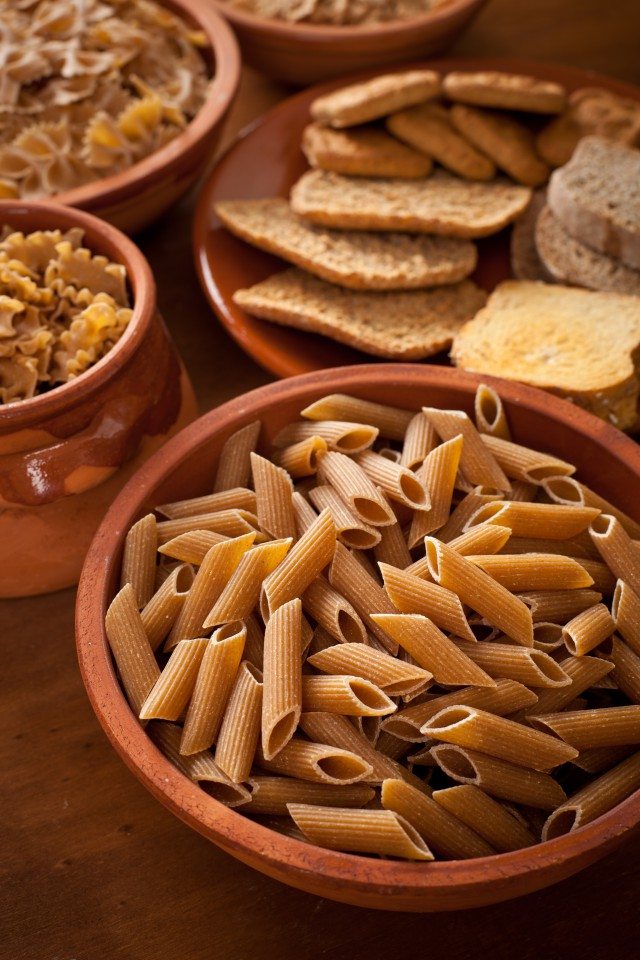Datamonitor has launched a new ForeSights report on how consumers, packaged foods manufacturers and the environment can reap rewards from heritage grains that have been farmed for thousands of years.
Ancient grains – or heritage grains – were highly prevalent before modern farming methods introduced hybrids.
More nutritious, better for the environment and often locally grown, heritage grains meet current consumer needs for grain-based products that are delicious, healthy and good for the planet.
“There is a consumer backlash against mass-produced products with people increasingly questioning the credibility of processed foods and looking for greater transparency with regards to how and where products are manufactured and farmed,” says Tanvi Savara, associate analyst at Datamonitor Consumer.
“About 64% of consumers are either somewhat or extremely concerned about the impact of processed foods on their health, with 57% claiming to be highly influenced by ‘natural’ claims when making food and beverage choices.”
The enhanced health benefits of heritage grains taps into the growing consumer interest in health and well-being.
Many heritage grains are gluten-free and contain significantly higher levels of nutrition – as much as double the amount of minerals and proteins – than modern wheat varieties.
“Our research shows that 33% of global consumers are heavily influenced by gluten-free claims while 34% avoid certain foods and drinks for allergy reasons,” says Savara.
“In addition, there is a trend among high profile elite athletes to adopt gluten-free diets for sports performance, with many of this summer’s Olympic heroes claiming to eat gluten-free.”
“This – together with growing awareness of the health benefits – will have a significant effect on the already burgeoning mainstream consumer trend towards gluten-free,” she says.
“Food manufacturers can create win-win situations with products that are more nutritious, naturally gluten-free and which provide a premium offering and pricing. Opportunities exist to meet consumer needs with indulgent and premium food products that are good for business as well as health.”
Ancient grains The company lists the following varieties:
- Kãniwa
First cultivated by ancient Incas, it is rich in iron, calcium and zinc.
With 16% protein content, it’s is an excellent source of protein in addition to being gluten-free.
- Emmer
Believed to have been first cultivated around 7,000 BC, Emmer has 5-35% higher protein levels than oats or barley and higher levels of plant sterols (which have cholesterol lowering properties) than other more mainstream grains.
- Einkorn
Considered to be the most ancient variety of wheat, Einkorn was first cultivated by Neolithic man around 10,000BC.
It has twice the amount of minerals and proteins than most modern wheat varieties and its gluten structures are suitable for people who suffer from gluten allergies.
- Kamut
Believed to have been brought to Egypt by the ancient Greeks and Romans, Kamut is a good source of protein and has a low fat content in addition to higher anti-oxidant levels than modern wheat varieties.










